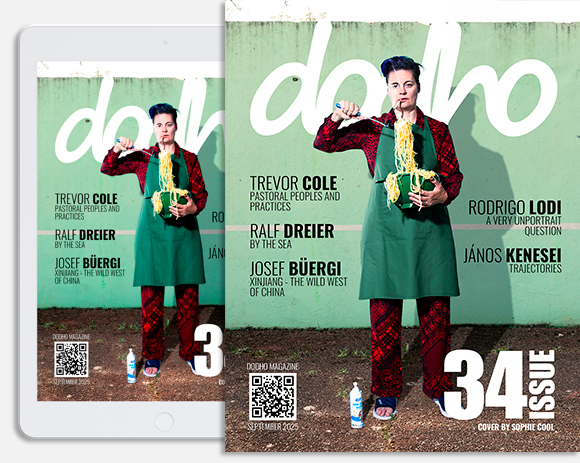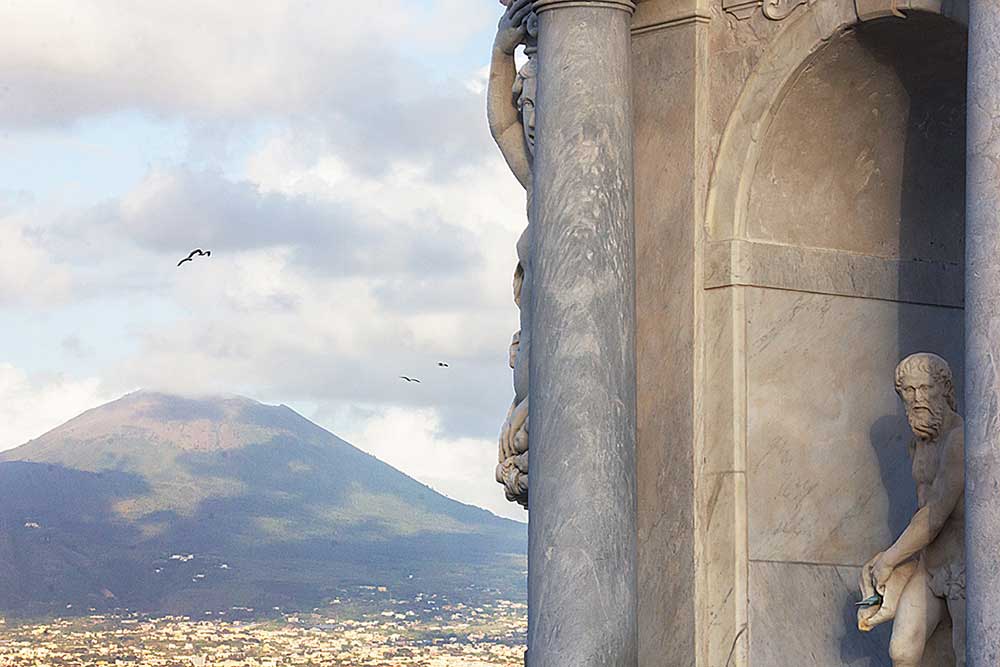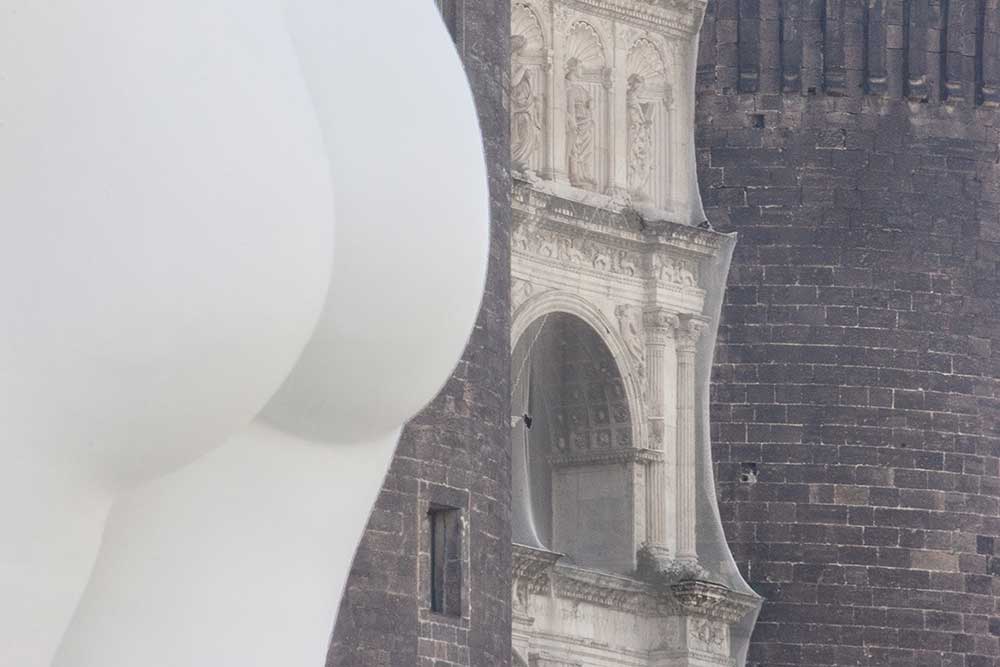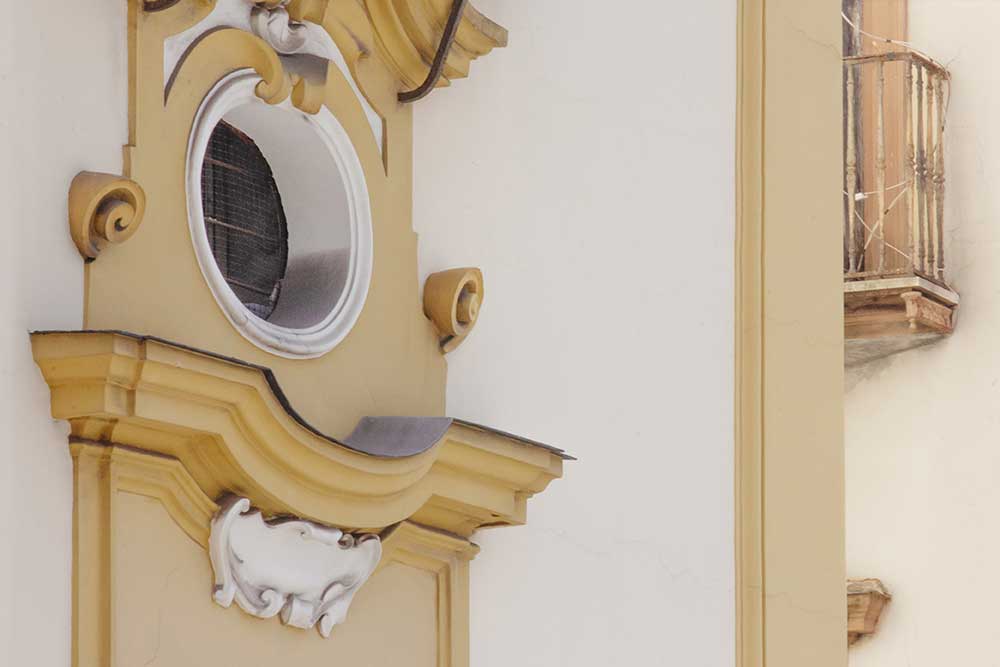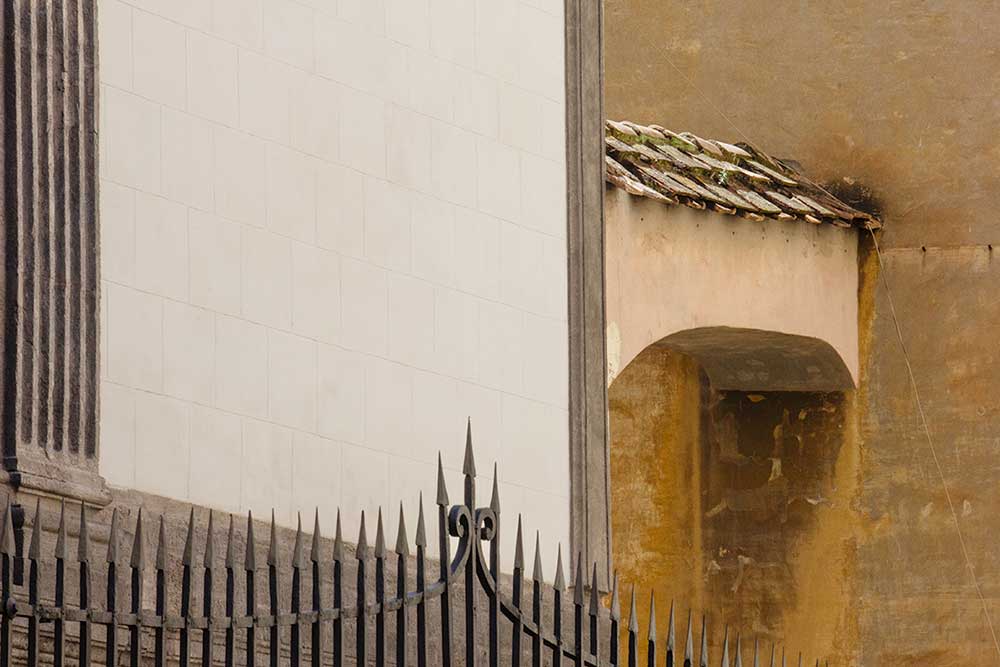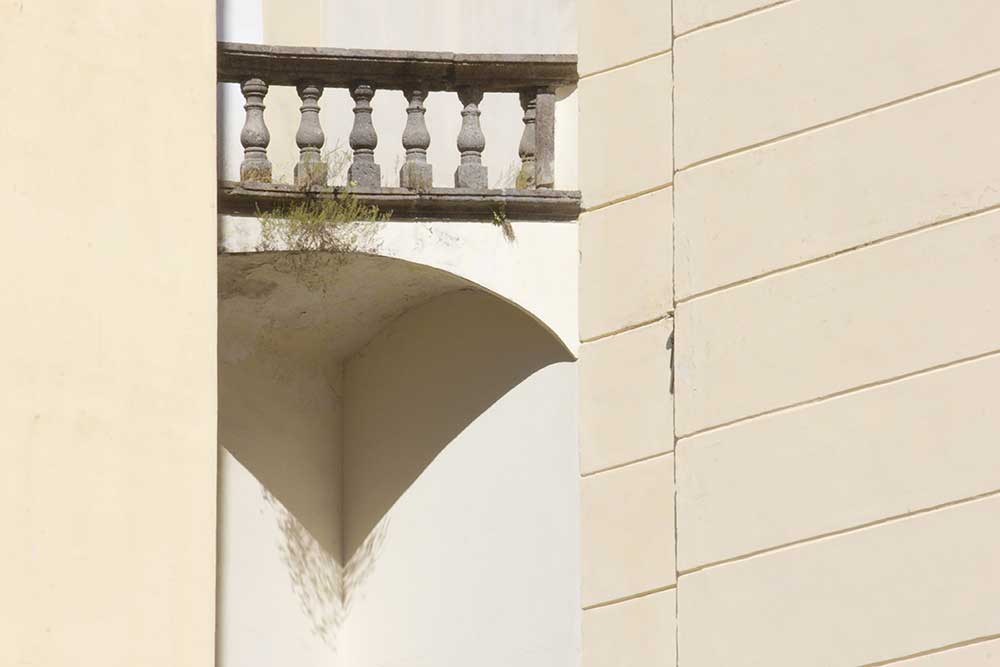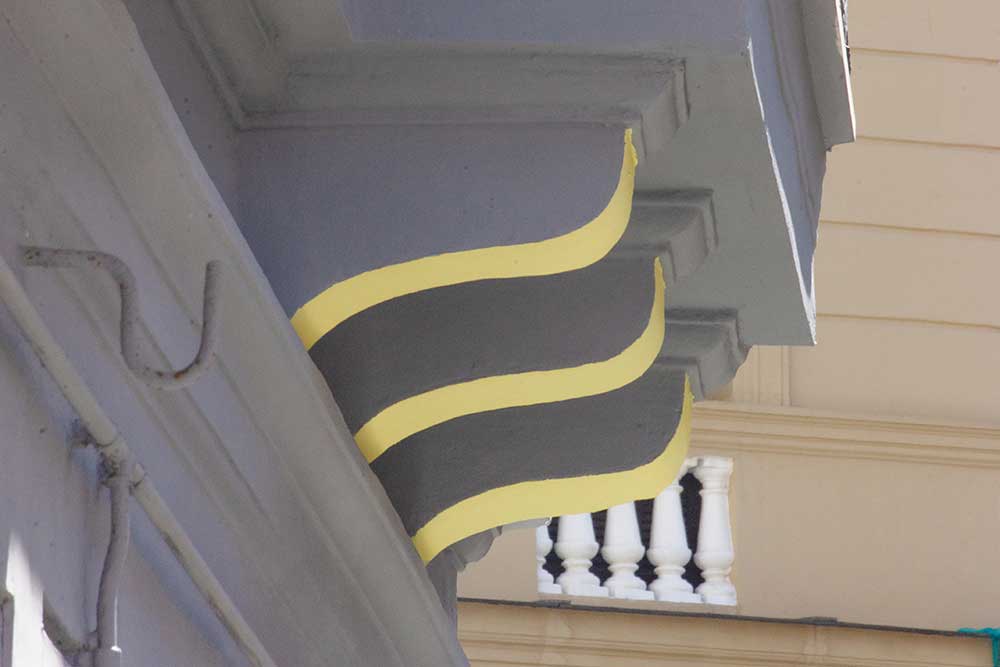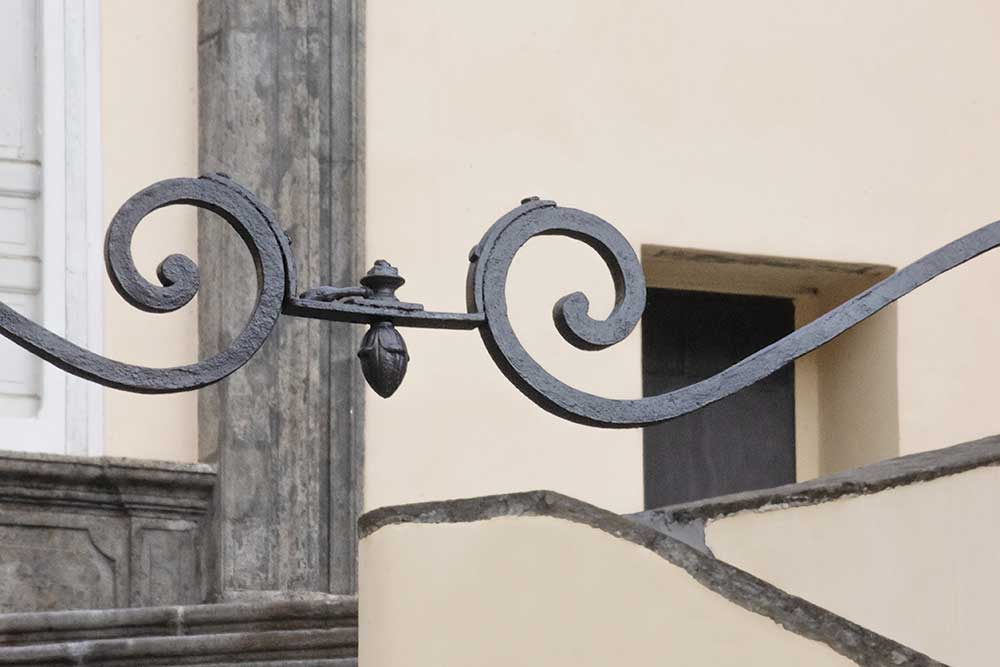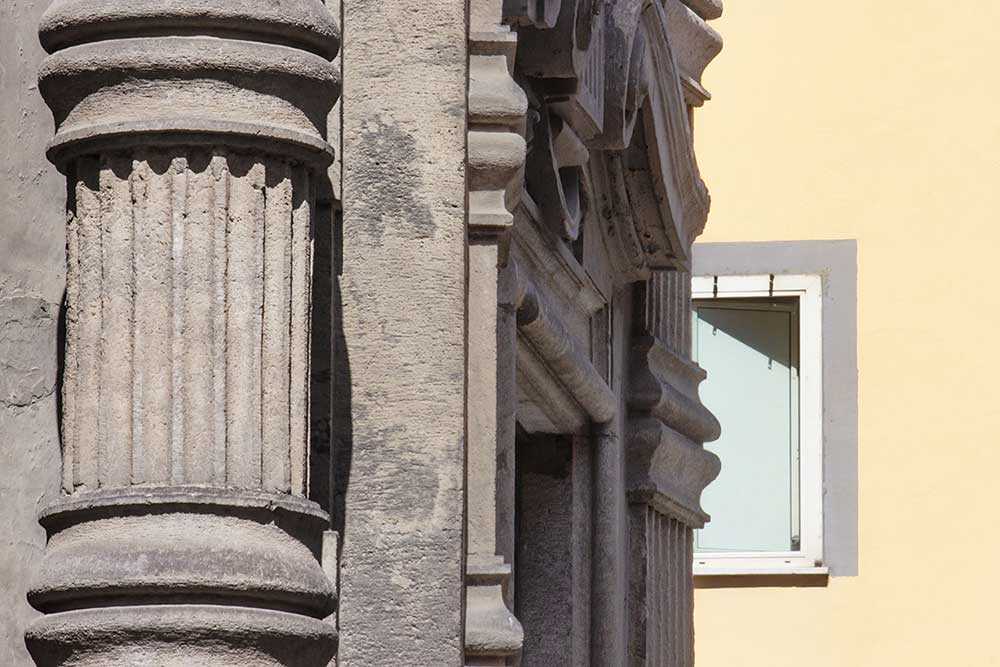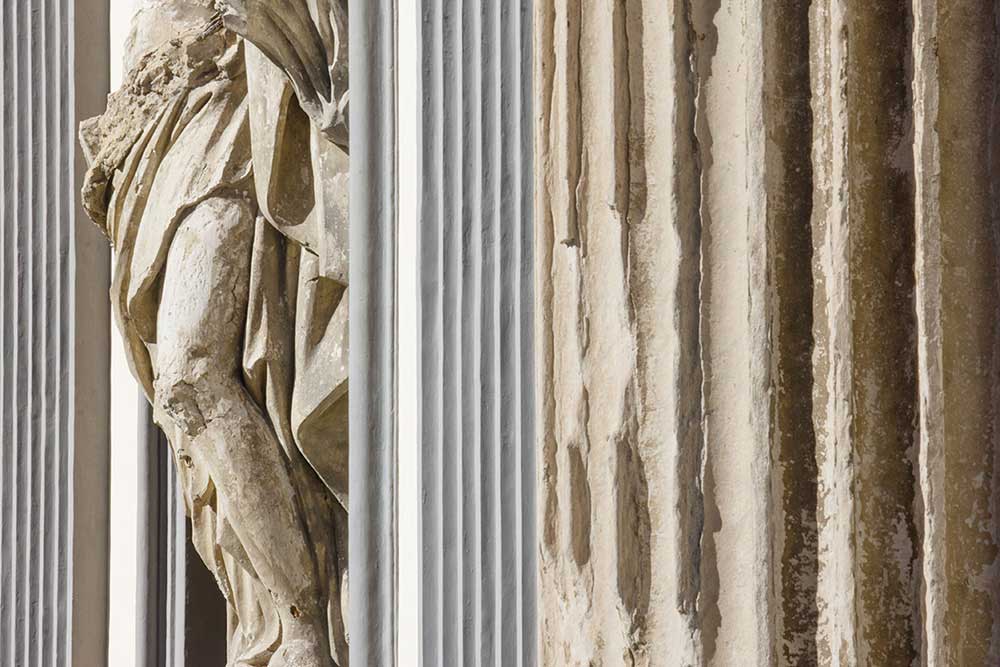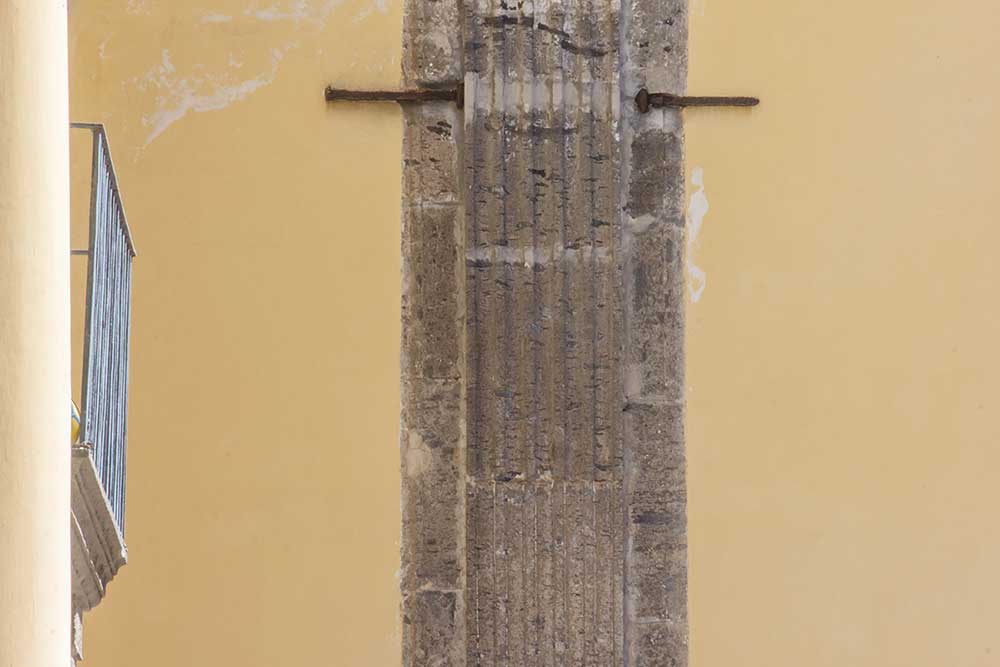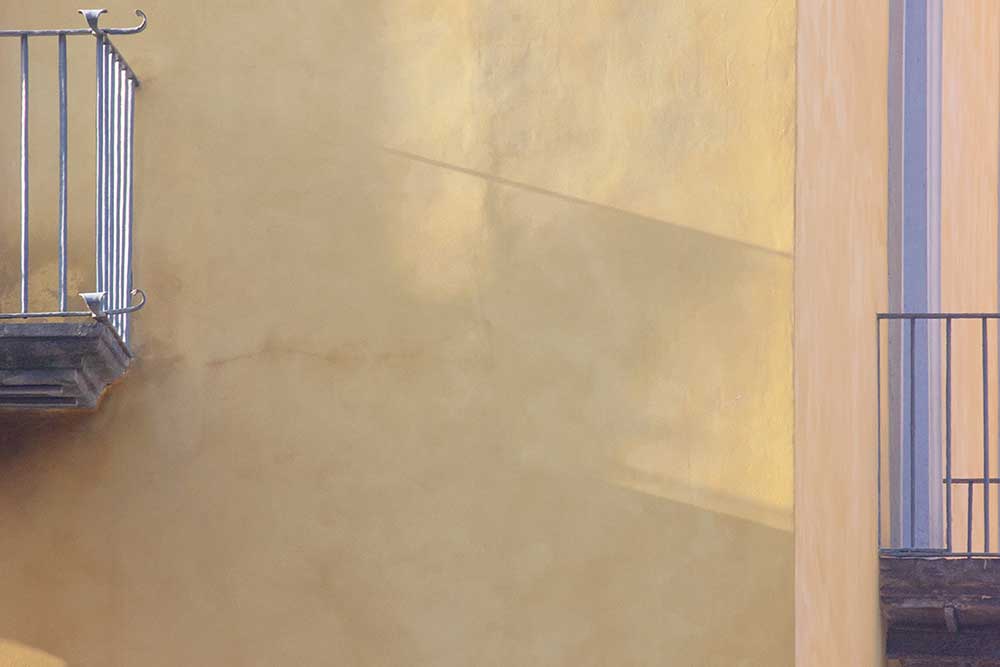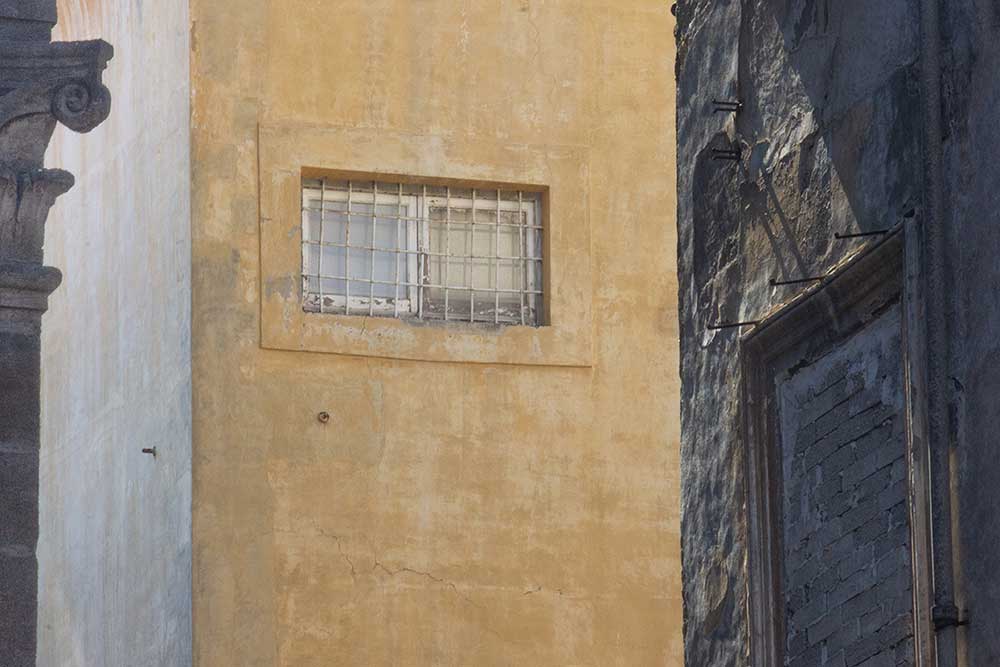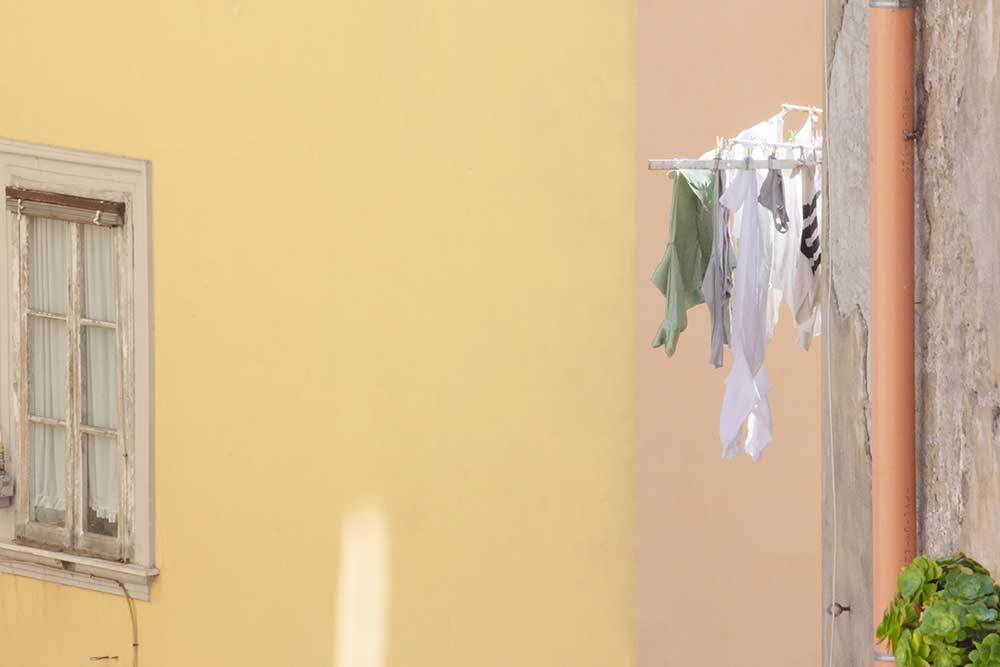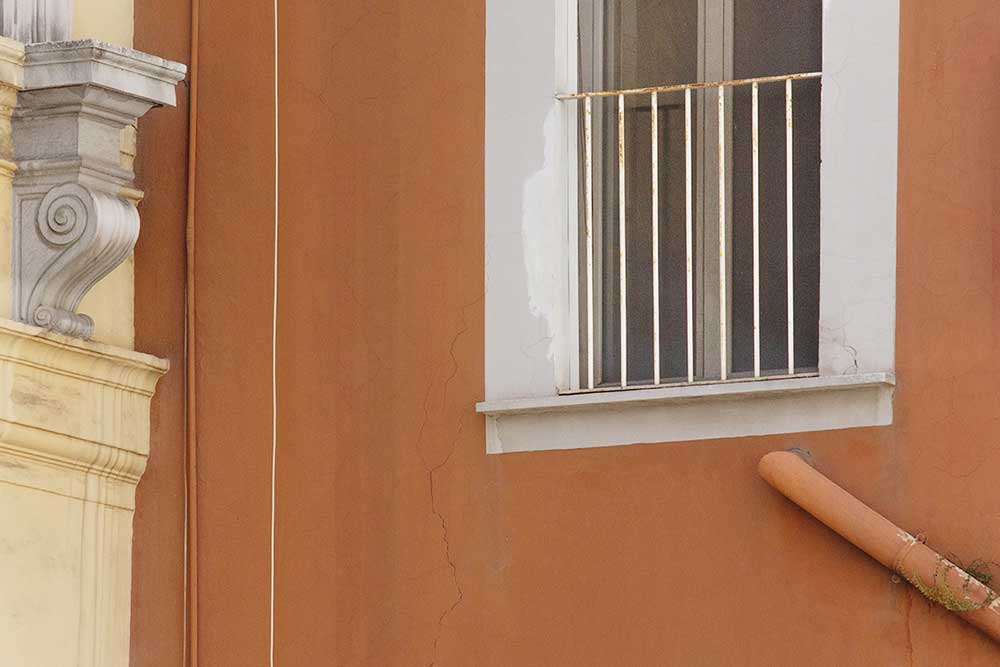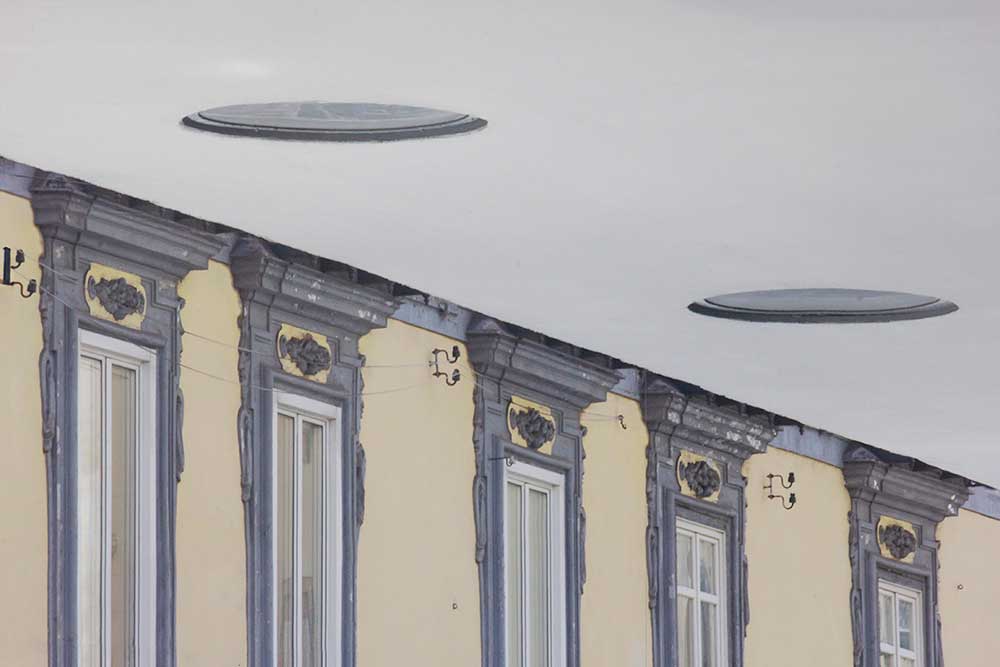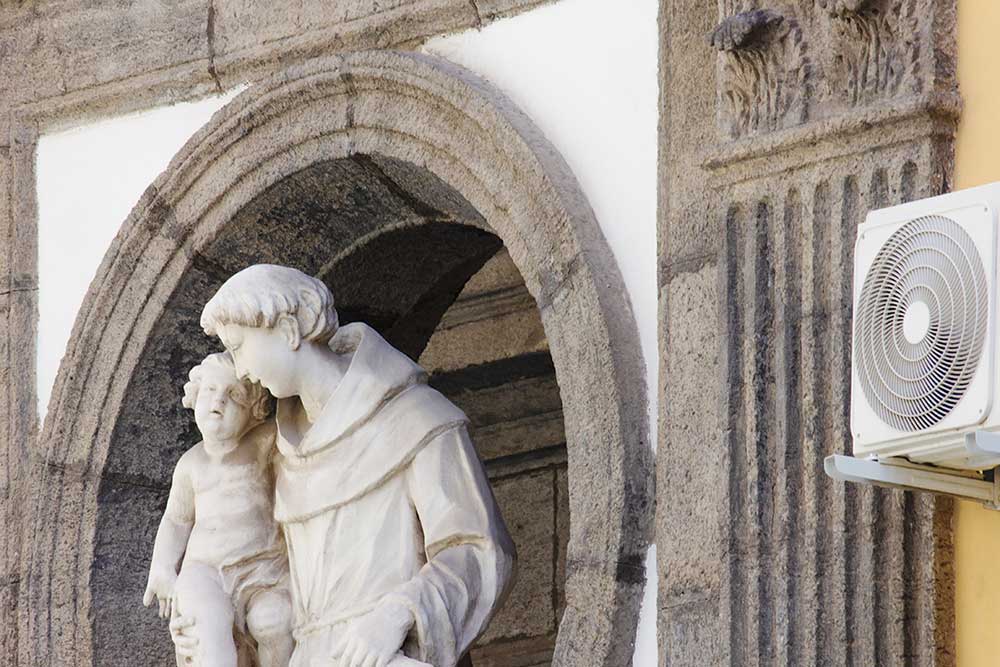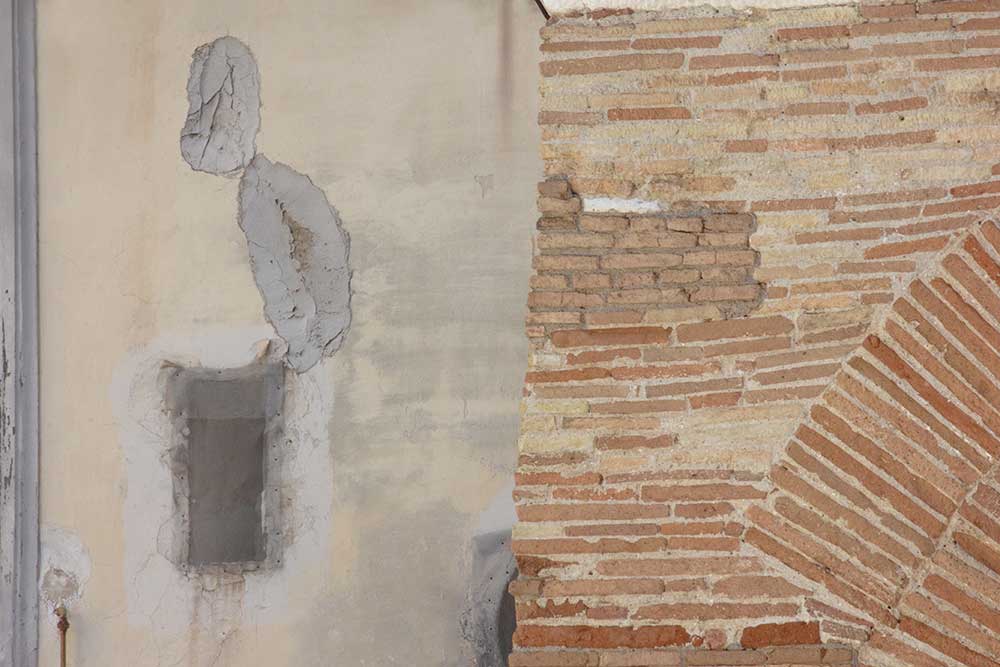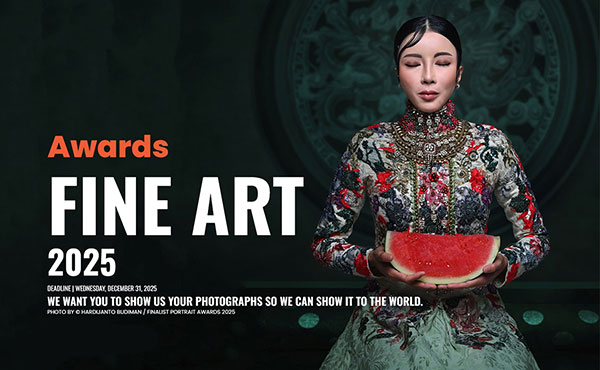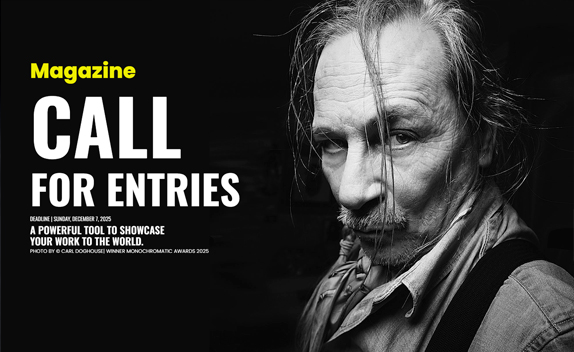The abstract permeates our lives. Starting with the mood we wake up with in the morning: are we in a good or bad mood? How can we define both? Can we somehow touch them, measure them, weigh them? Our feelings are abstract: love and hate. Our aspirations are abstract: serenity, happiness.
Art is abstract, as a definition. Is there a definitive list of finite parameters that makes a man’s work a work of art? According to classical Greek logic, to abstract means to extract from the particular to form a universal concept: by observing an angry person, we derive a universal concept of anger that we apply to all people who seem to have behaviors similar to the first person observed.
If abstract art is born from the desire to communicate the tangible through the abstract, how can photography, which reproduces the visible form, articulate an abstract concept? It can be done by scrutinizing the surroundings not in the phenomenon but in the figurative linguistic elements that compose it.
We must learn not to look, for example, at the window as a functional element for ventilation and lighting of the room. Nor be captivated by the beauty of its glass. A window should be seen as a shape: rectangular, circular, oval, or otherwise. With its own color.
Walk, examining the lines, shapes, and colors that will be extracted within the frame of the photo, a two-dimensional plane whose limits are imposed by the camera.
I pursue the abstract concept of peace in my research, reflecting both the immutable and the continuous creation through photography. I love to seek the placeless and timeless. Thus, I do not name my photos to avoid imposing a concept on the image. The title of my photos is given by the location and the camera data indicating the moment of the shot down to the second.
The aspiration that drove me to this choice was to contribute to spreading a message of peace through photography which, second only to video, is the fastest universal means of communication without the need for translations.
“Naples in Harmony” is my latest work, images of my city where I returned at the end of the pandemic, after spending a few years between Milan and the Marche. When I was 50 years old, I decided to leave my profession as an architect to dedicate myself to photography.
In a famous interview, Sofia Loren corrected an American journalist who called her the most famous Italian actress, saying: “No, I am Neapolitan, it’s different!”. Naples has always been a kingdom apart on the peninsula, the capital of the only sovereign and independent kingdom before the unification of Italy.
Today, the city is experiencing a magical moment of rediscovery, with crowds of tourists enlivening its streets, admiring the natural and artistic beauties that made it one of the fundamental stops of the Grand Tour of Europe, the journey undertaken by European aristocracy starting in the 18th century. Naples is a volcanic city, overflowing with significant and colorful figurative linguistic elements that I have decided to photograph even with my phone, posting the photos on my Instagram.
Here more than anywhere else, I have found the opportunity to engage with Paul Klee’s teaching: “I want, beyond the pathos, to impose order on movement.” Naples is a city that never stops: its inhabitants are volcanic matter, like those from the super-eruptions that shaped its territory and with which houses and works of art have been built.
I have photographed many Italian cities, but there is something different about Naples: here, calm and dynamism blend into scenes of life. I seek to capture fragments of tranquility that balance against a city that is always in motion.
About Giorgio Di Maio
Born in Naples in 1963, I was a Mediterranean child who grew up playing in the streets, yet I was fascinated by Gothic cathedrals. Becoming an architect, I cultivated two great loves: Frank Lloyd Wright and Neoplasticism. After numerous youth exhibitions in my city, at fifty, I decided to take a leap into the unknown: to devote myself entirely to photography. I moved to Milan, where my research was born: Hidden Harmony.
Hidden Harmony is identified by observing the surroundings not through phenomena but through the reading of lines, shapes, and colors that compose it. A fragment is extracted from reality, in which different signs are brought back to the two-dimensional plane of photography, integrating into a balanced composition that communicates a state of tranquility, constant in the diversity of place and time. The ultimate goal of Hidden Harmony photography is to revive a peaceful state of consciousness.


